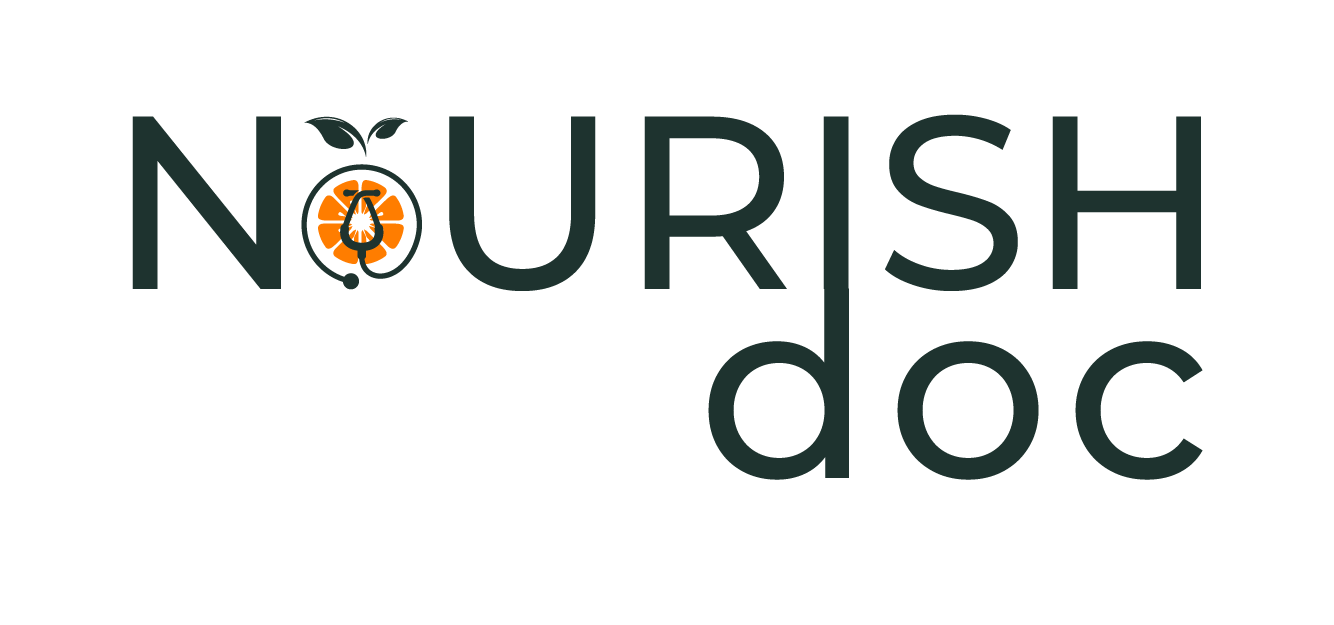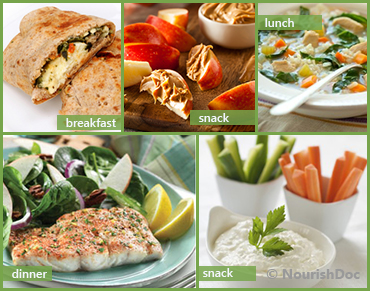How This Helps
Your main goal when menu-planning for Type 2 Diabetes diet is to control your blood glucose levels and keep them at optimal levels throughout the day. This can be achieved by paying attention to the amount of carbohydrates in your food and by pairing foods that contain carbohydrates with whole grains and healthy fats. You basically want to eat a healthy and varied diet of nutrient-dense foods which includes fruits, vegetables, whole grains, legumes, and healthy fats (polyunsaturated fats) like those in fish and avocado. Studies show that following a heart-healthy Mediterranean-style diet that is high in these healthy foods is beneficial in the prevention and management of Type 2 Diabetes. You’ll also want to plan to have 3 meals and 2-3 snacks each day at around the same time – this also helps to maintain optimal blood glucose levels.2 There are several ways to keep track of the amount of carbohydrates you are consuming throughout the day, including the Exchange system, Carbohydrate Counting, and the Glycemic Index. Your doctor and/or dietician will advise you on the best way to keep track of the carbohydrates you are eating.
Science and Research
This sample type 2 diabetes diet plan is around 1710 calories and provides 1454 mg of sodium. (Type 2 Diabetics should maintain a lower sodium diet, striving to stay under 1500 mg per day.) This meal plan provides 7 servings of protein, 4 servings of grains, 7 servings of vegetables, 2 servings of fruit, 2 servings of dairy, and 4 servings of fats & oils (with emphasis on healthy fats). If you find that you need to add more dairy to your diet, you can do so by drinking at least 1 glass of low-fat milk or almond milk with your meals. This level of caloric intake is sufficient for those who are less active and wish to maintain current weight.
Breakfast in diabetic meal plan
Breakfast:
Scrambled Egg with Spinach, Feta Cheese, Tomato, and Mushrooms in a grilled Whole Wheat Lavash Wrap and ½ cup of Ripe Avocado Cubes 1 Cup Berries (Blueberries, Raspberries, and/or Blackberries)
456 Calories, 498 mg Sodium, 41g of Carbohydrates, 1 serving of Grains, 1 serving of protein, 1 serving of Dairy, 1 serving of Fruit, 2 servings of vegetables, 1 serving of Grains, 1 serving of Fats & Oils
See: Ayurvedic Treatment for Prediabetes & Diabetes Type 2
See: Diabetic Dermopathy Ayurvedic Natural Remedies
See: Evidence based ayurvedic approach to treat Diabetes Type 2







